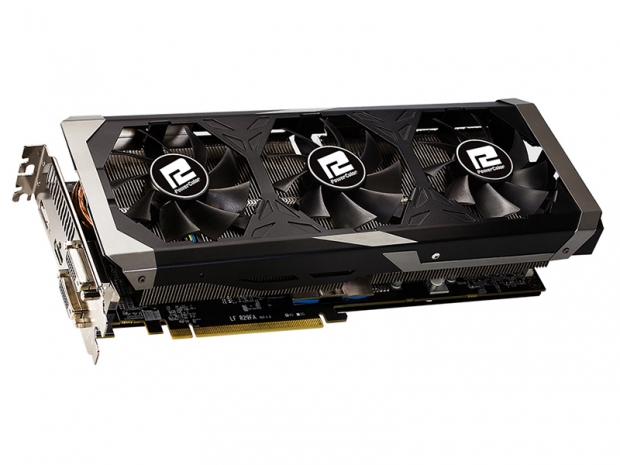Index
Review: Silent and faster than R9 290X
The PowerColor PCS+ R9 390 provides a great gaming performance at 1440p. It comes with 8GB of GDDR5 memory and quiet custom cooler with three fans and a backplate.
Today we’ll take a closer look at the R9 390 card from PowerColor. The full name of the card is PowerColor PCS+ R9 390 8GB GDDR5, with the part number AAXR9 390 8GBD5-PPDHE. It uses nicely designed, but oversized 2.5 slots cooler and a custom PCB.
Actually, a huge cooler is a must have in this case because the R9 390 is closely related to the R9 290, which is based on Hawaii GPU, the second fastest single GPU in the previous generation of AMD graphics cards. The Hawaii GPU gets really hot, but it provides a good gaming experience at 1080p+ resolutions.
The recently introduced R7 300 and R9 300 series graphics cards are not based on new GPUs, instead AMD is using rebranded older GPUs. Only the flagship Fury card comes with an all new GPU. The new lineup is depicted in the image below and it consist of Radeon R7 300 graphics card which should hold the entry-level, the Radeon R9 380 for the mid-range market segment, the Radeon R9 390/R9 390X for the AMD's higher-end lineup, and the flagship Fury a.k.a. Fiji lineup.
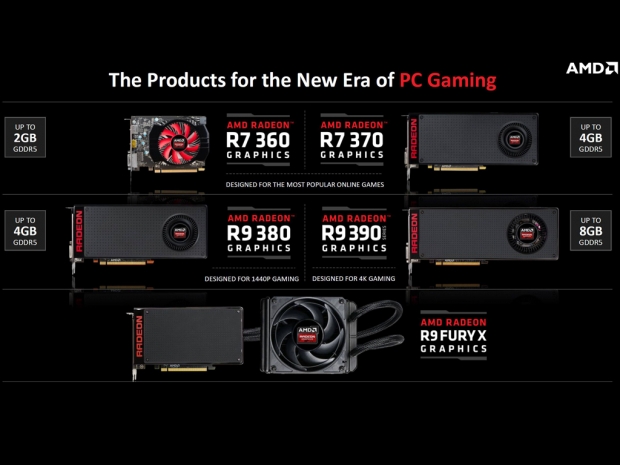
The AMD Radeon R9 390 graphics card is based on the Grenada GPU, previously known as Hawaii GPU, used in R9 290 lineup. It uses AMD's Graphics Core Next 1.1 architecture and to differentiate it from the older GPU, Grenada comes with a slight overclock for the GPU. Compared to the 947MHz on the R9 290, the R9 390 works at 1000MHz for the GPU.
The Radeon R9 390 (called the Grenada Pro GPU) packs 2560 Stream Processors in 40 Compute Units, 160 Texture Units and 64 ROPs.
The faster Radeon R9 390X packs 2816 Stream Processors, 176 Texture Units and 64 ROPs, just like the Radeon R9 290X. The GPU on the R9 390X got bumped up to up to 1050MHz from 1000MHz on the R9 290X.
The rebranded Radeon R9 290 also got a higher memory clocks and more memory. There is now 8GB of GDDR5 memory clocked at 6GHz, compared to 4GB of GDDR5 memory clocked at 5GHz on the R9 290 series. The memory still uses a 512-bit memory interface, delivering memory bandwidth of up to 384 GB/s.
The TDP on both R9 390 and R9 390X graphics cards is set at 275W and they both need 6+8-pin PCI-Express power connectors.
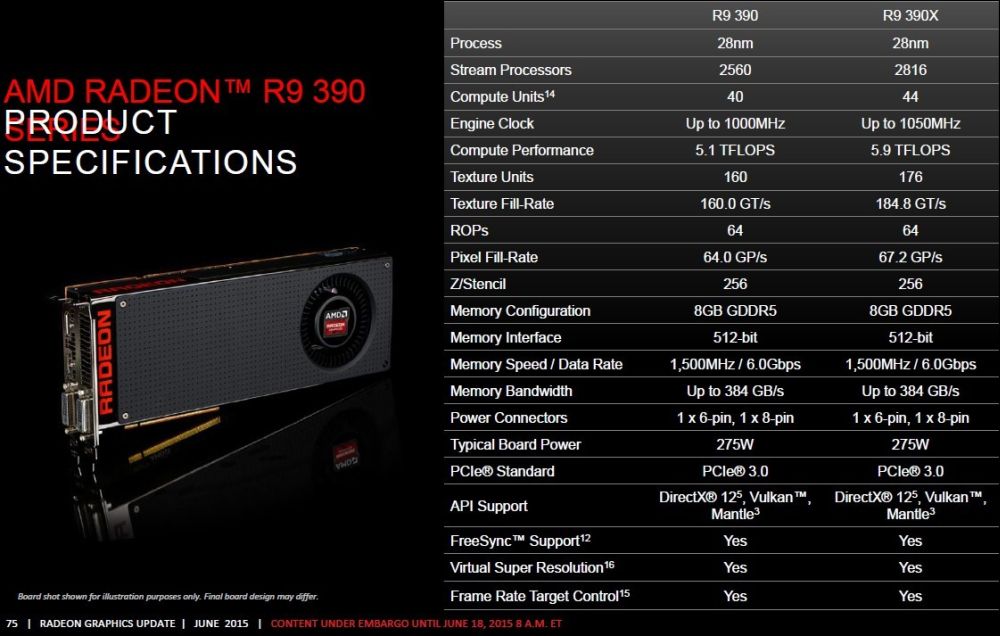
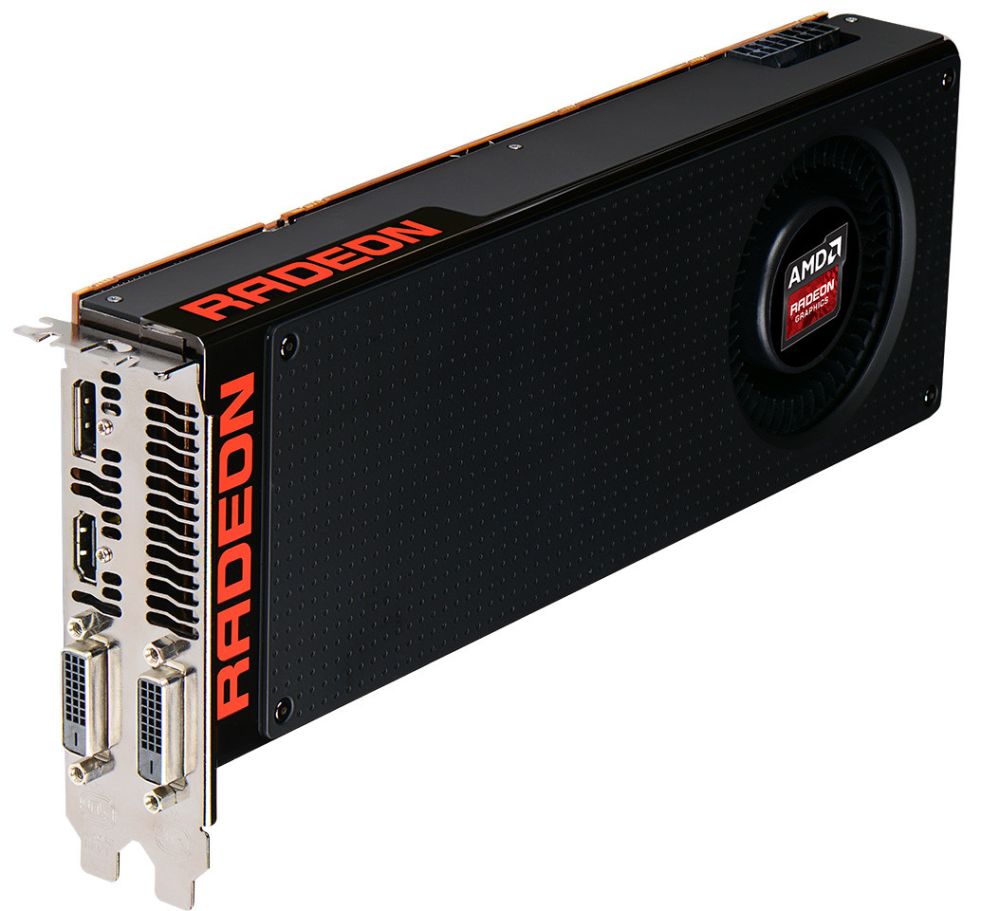
The PowerColor PCS+ 390 8GB got a very small GPU overclock, which is only 10MHz over the reference clock. This comes as surprise since the PCS+ R9 290 was clocked at 1040MHz for the GPU. Probably the memory overclock of +150MHz (600MHz effective GDDR5) is to blame for lower GPU overclock. In some cases in combination with the memory overclock it is necessary to lover GPU overclock to get better overall performance or stability. The memory is left at reference clocks as confirmed by GPUZ, shown in the screenshot below. Don’t be confused here, it is AMD who raised memory clock on the R9 390 card, not PowerColor.
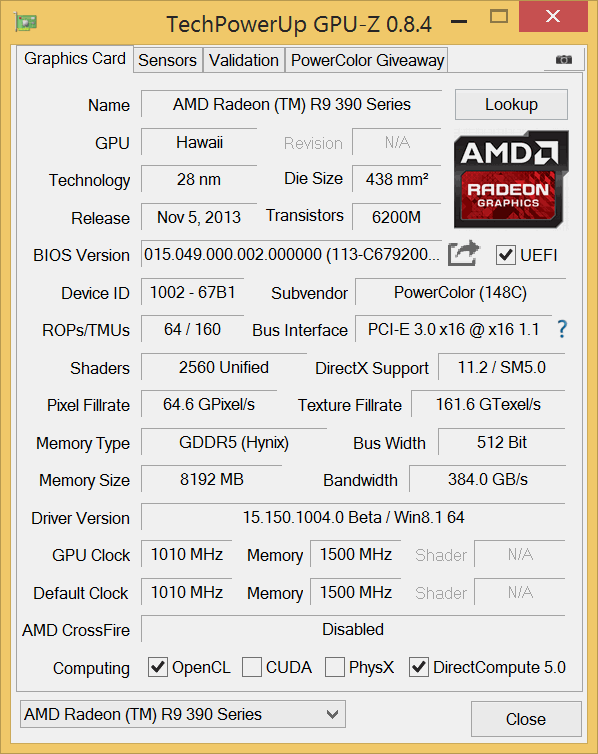
The PCS+ 390 8GB cooler was originally designed to meet the demands of the flagship R9 290X and afterwards it was used on the R9 290. With minor changes it is in action again, on the R9 390. We expect it to do a great job cooling the PCS+ R9 390.
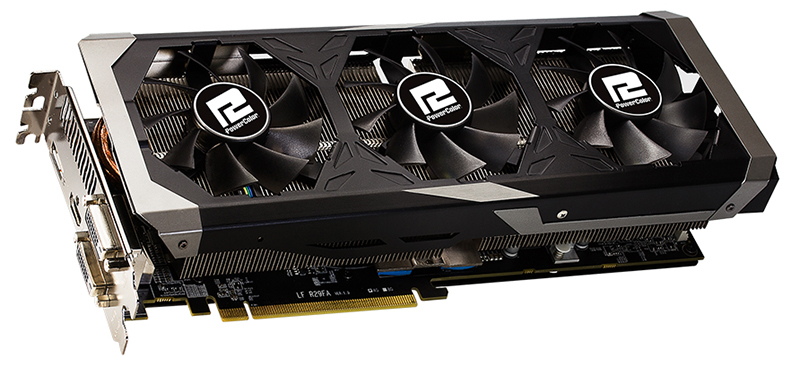
The PCS+ R9 390 8GB comes with a nice backplate too.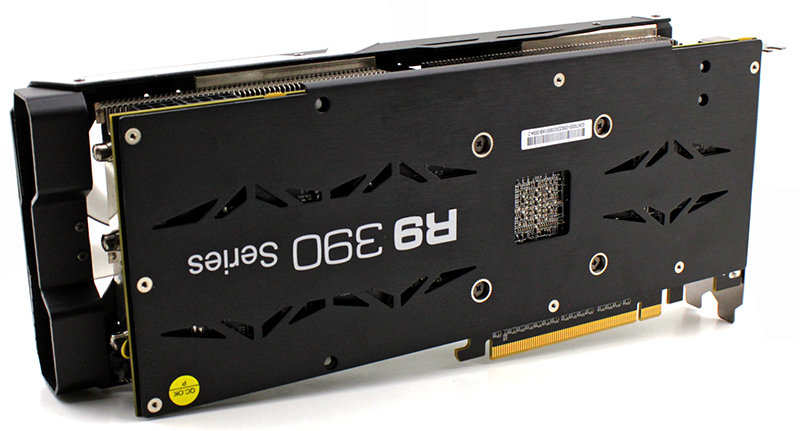
Below is the image of the PCS+ 290 4GB, and as you can see there is slight difference in the looks of the front shroud.
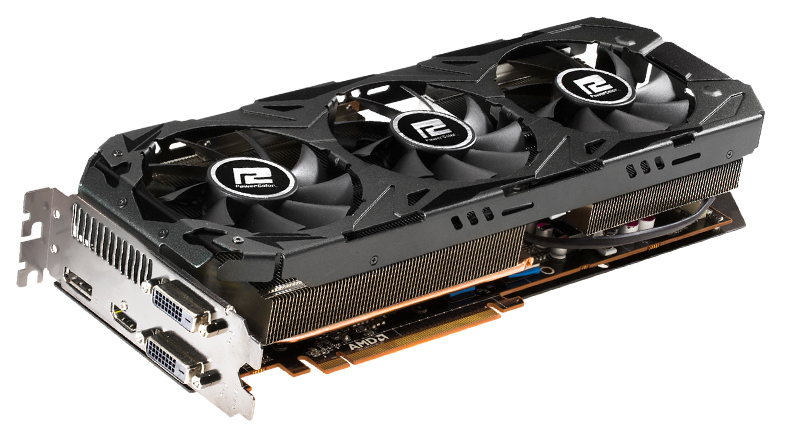
The current PowerColor’s R9 390 lineup includes only the PCS+ R9 390. The R9 290 lineup also includes R9 290 TurboDuo, a slower version clocked at 975MHz for the GPU. However due to the increased reference GPU clock from 947MHz to 1000MHz for the R9 390, we are not sure that the TurboDuo cooler will be used this time due to the higher thermal requirements of the new GPU. However, it is now used on the PCS+ R9 380, which is based on the less powerful Tonga GPU (also used on the R9 285).
Specifications:
- Graphics Engine Radeon R9 390
- Video Memory 8GB GDDR5
- Engine Clock 1010MHz
- Memory Clock 1500MHz x4 (6.0 Gbps)
- Memory Interface 512bit
- DirectX Support 12
- Bus Standard PCIE 3.0
- Standard Display Connectors DL DVI-D/ DL DVI-D/ HDMI/ DisplayPort
- CrossFireX Technology Support
- ATI Stream Technology Support
- ATI Eyefinity Technology Support
- Board Dimensions 305mm x 130mm x 55mm
- Minimum System Power requirement 750W
- Extension Power Connectors: one 6-Pin and one 8-Pin PCI Express power connectors
The packaging
PowerColor does not include very much in the box. Along with the card itself, you will find a driver disc, a basic quick installation guide, and a single 6-pin to 8-pin power adapter. 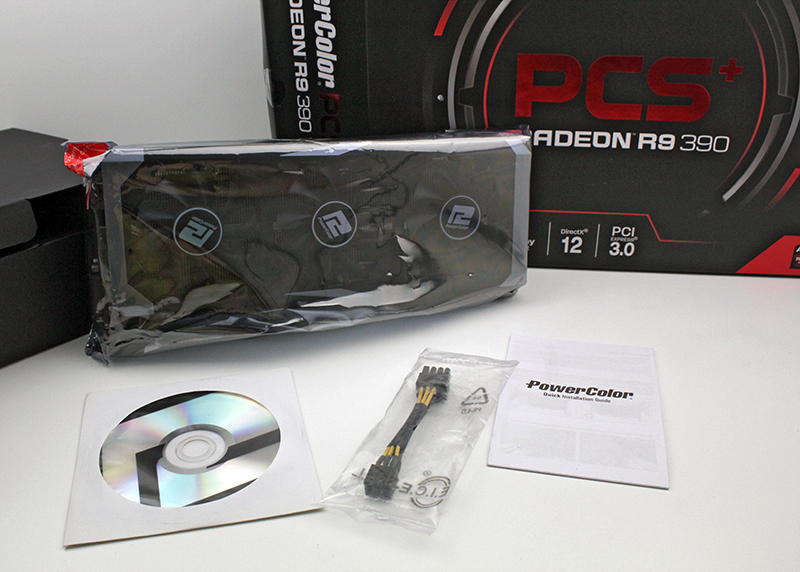
The PCS+ R9 390 8GB box looks very nice and it is quite sturdy. At the rear you’ll find some basic info about the components and the cooler, which make it clear that this is not a reference card.
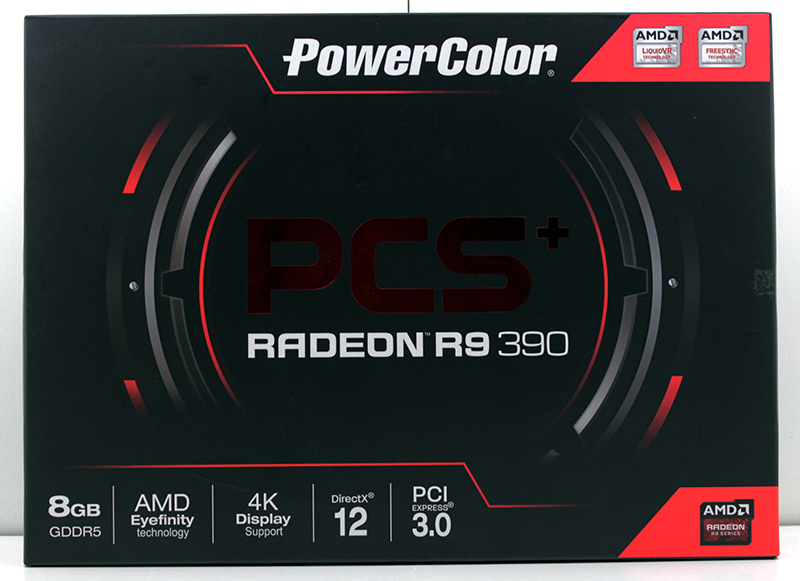
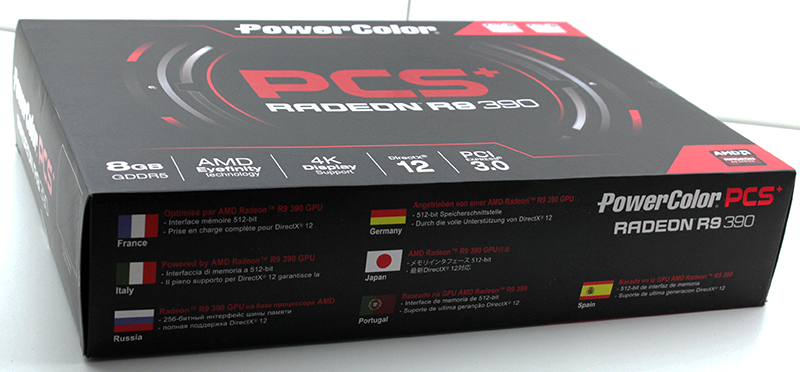
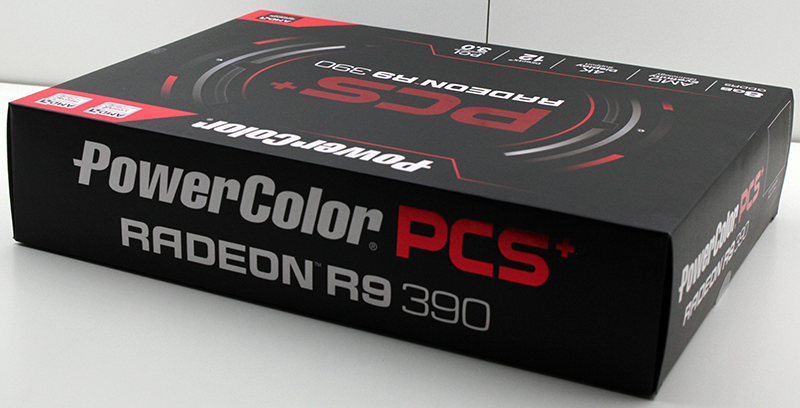
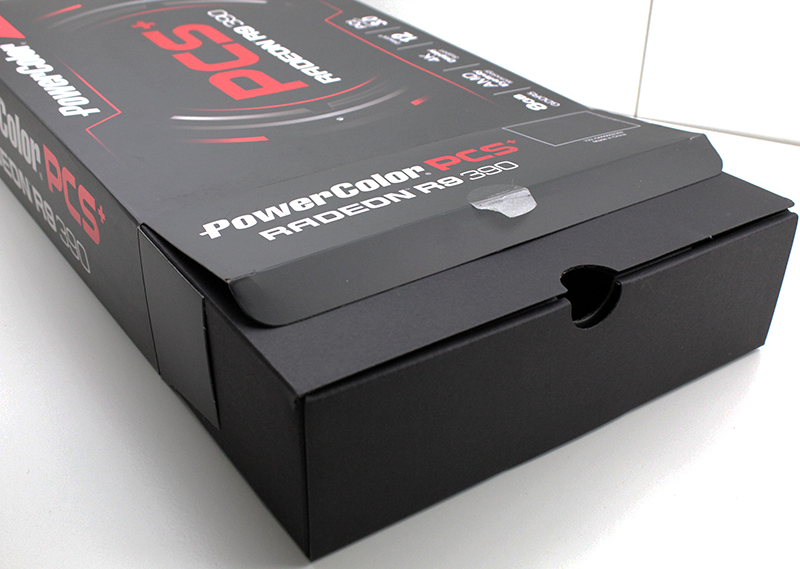
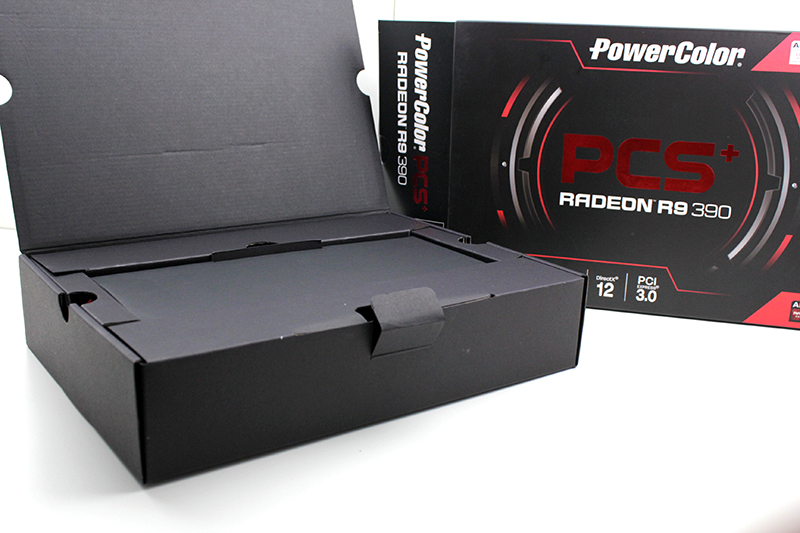
A Closer Look at PCS+ 390
The PCS+ R9 390 8GB looks and feels powerful. Once you pick it up it feels great because the shroud is matte metal rather than plastic, and also there is a brushed metal backplate. The cooler is two and a half slots wide, versus the reference 2-slot card, which is not great solution for all users, but with this design PowerColor allows the factory overclocked GPU to avoid throttling when it heats up.
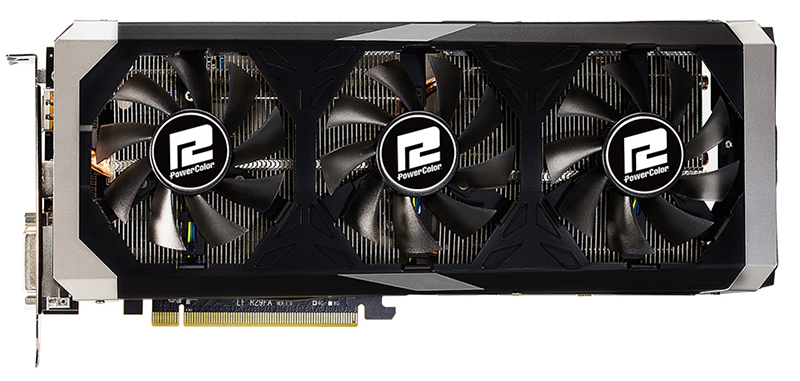
The card, including the cooler, measures 305mm x 130mm x 55mm. Note this is longer than the reference design and many other high end-graphics cards, and we advise you to check whether this card fits into your case. Metal shroud and backplate along with huge heatsink and copper base also makes the card rather heavy, but since it is a high-end product this is not a shortcoming. In fact, many enthusiasts still stick to the ‘heavier is better’ mantra whether they talk about PSUs and audio components. The card weighs in at 1kg (1037g), but still it is a featherweight compared to the Devil 13 Dual Core R9 290X, which weighs in at more than two kilograms (2.34 kg), believe it or not.

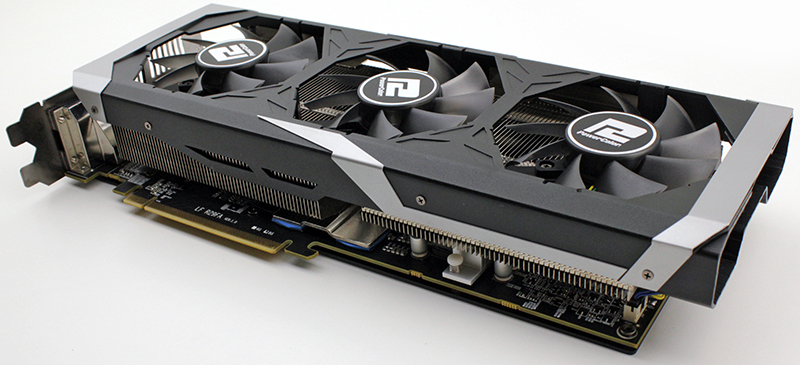
The fans take up one slot, while the heatsink takes up one and half slots. This helps create a bigger dissipation surface, but it also adds a lot of bulk.
PowerColor settled on the PCS+ three-fan cooler and it says that the custom cooler should reduce load temperatures by up to 24%, with a noise reduction of up to 17% compared to the reference design.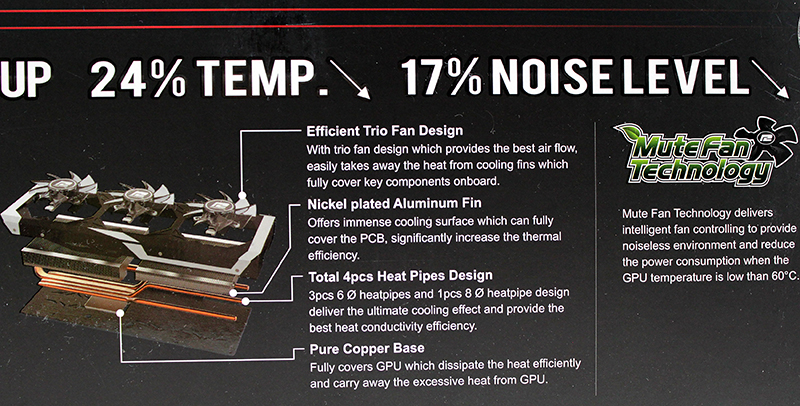
The card uses the stock configuration of one 6-pin and one 8-pin power connector for supplying the card with power. According to AMD the reference R9 390/ R9 390X will draw a maximum of 275W, which is in line with the older and slower R9 290 series. The shroud is open on all sides and the openings serve as exhaust vents.
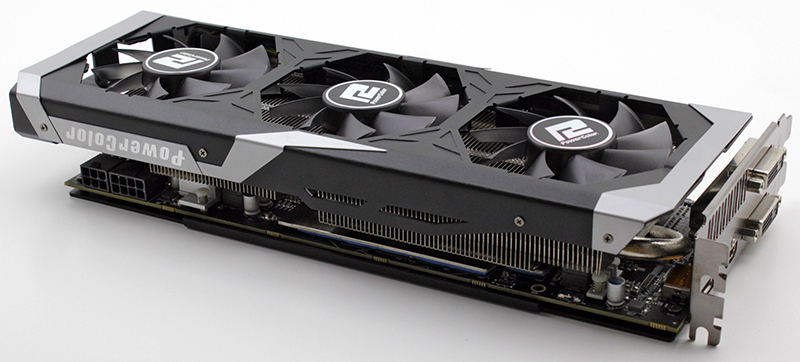
Textured details, made by cutting the metal shroud, are a nice feature on the backplate. It’s a small touch, but we like it.
We always advise users to clean the heatsink on a regular basis. It’s good for the card and it also helps keep fan RPMs as low as possible. Accessing the heatsink is relatively easy. You can remove the shroud along with the fans simply by undoing four screws that keep them attached to the heatsink. There is no need to remove the entire cooler.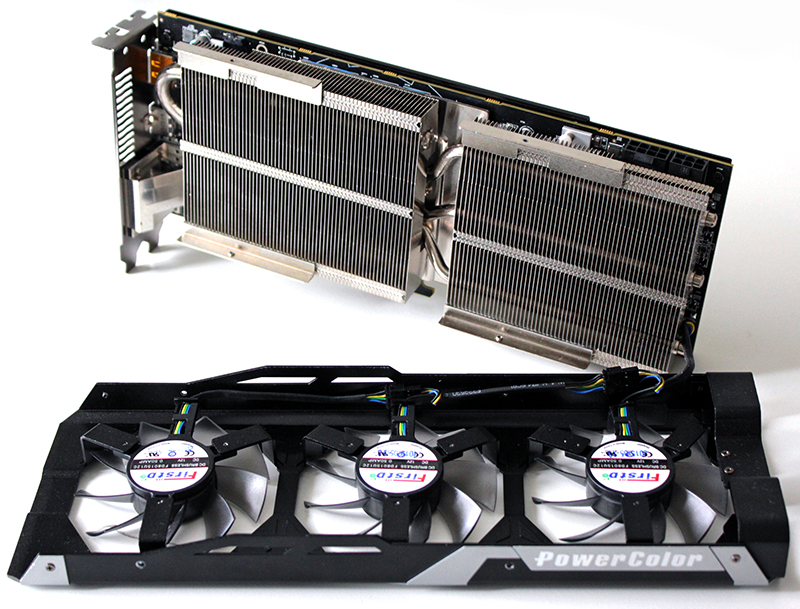
All the fans are connected using a single 4-pin connector, and fan RPM can be regulated via Catalyst Overdrive.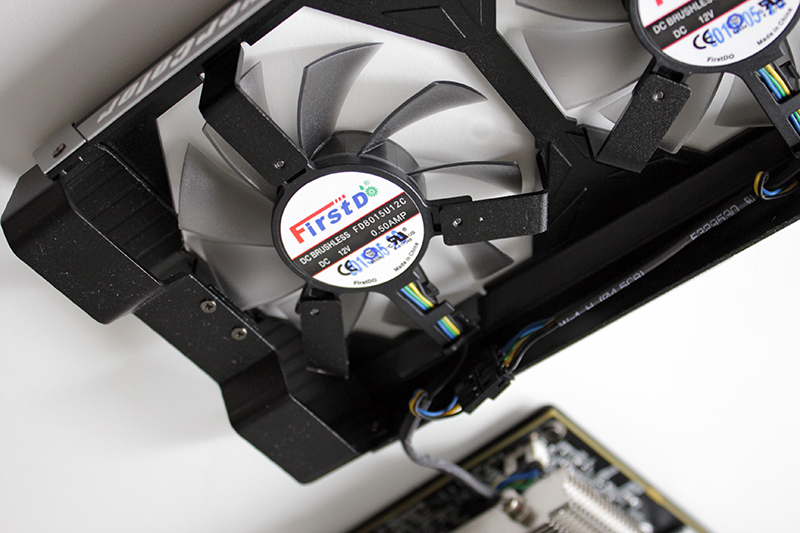
Here you can see the heatsink. Everything feels solid and very precise indeed.
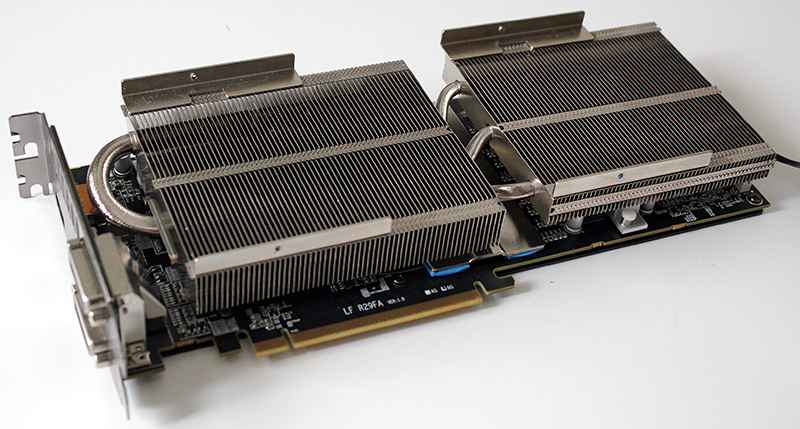
The main 8mm heatpipe is complemented by three 6mm heatpipes in order to ensure maximum heat distribution, while three 75mm fans should keep the main heatsink, memory heatsink and VRM heatsink well cooled.
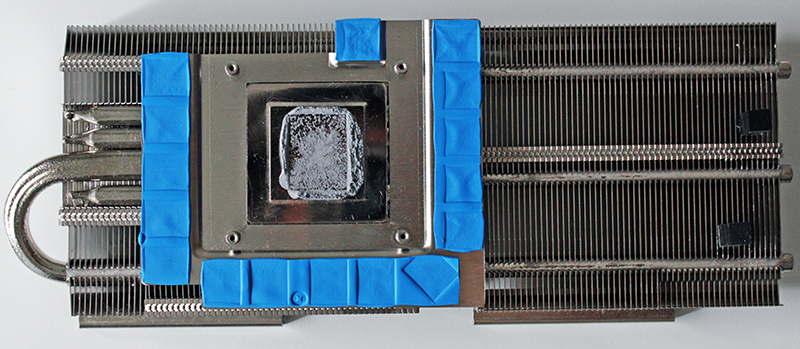
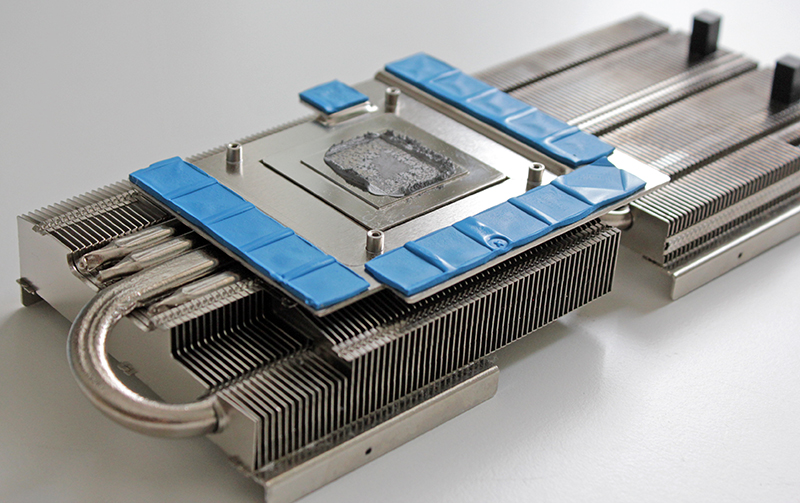
The PCB is equipped with digital Gold Power Kit power system which includes digital PWM and PowIRstage MOSFETs rated for 50A in order to decrease ripple and enhance power efficiency. The multiphase design (6+1)enhances power efficiency and stability. The card comes with 16 memory modules for 8GB of Hynix GDDR5 memory, rated at to run at 1500MHz through a 512-bit bus.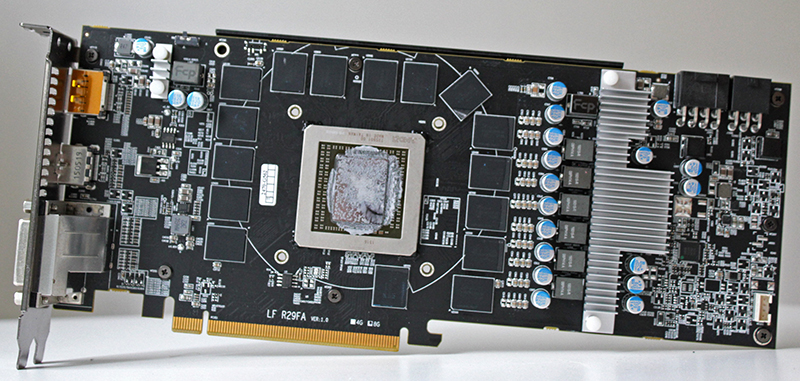

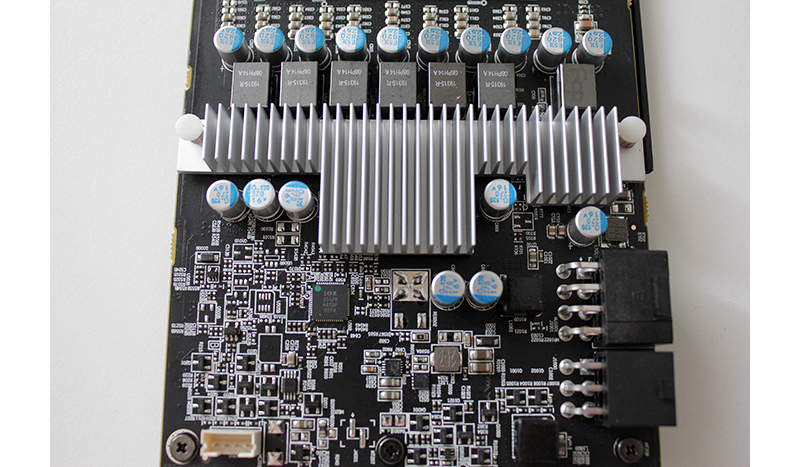

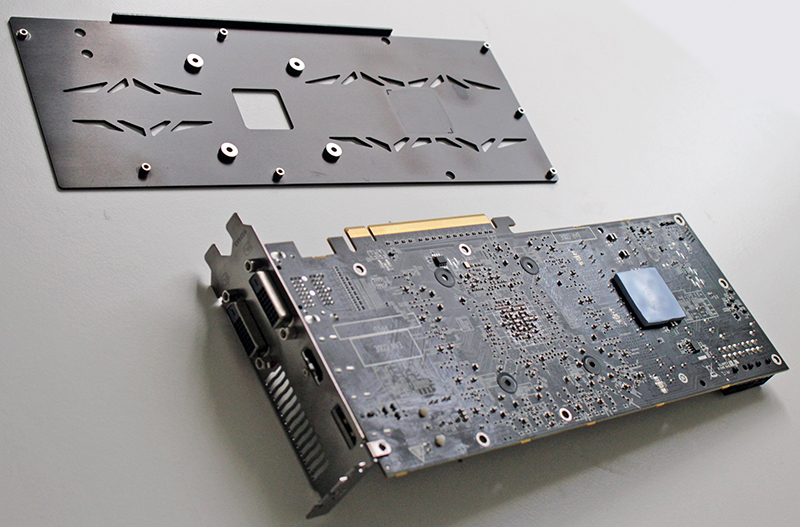
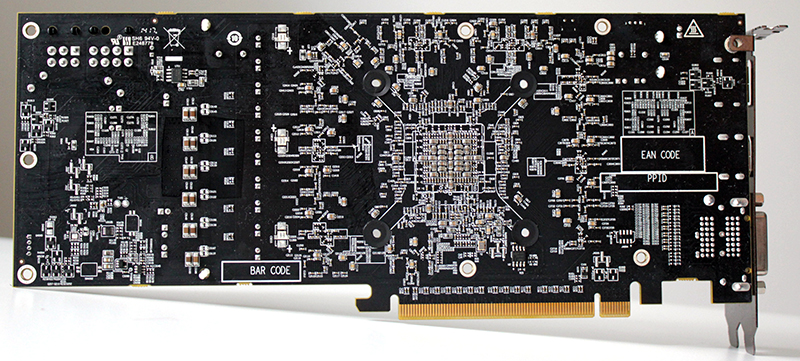
On the I/O panel you will find one standard DisplayPort, one standard HDMI and two dual-link DVI connectors. Next generation 4K (4096x2160) and UHD (3840x2160) resolutions are supported, including FreeSync technology, making the card future proof to some extent. The biggest problem is the relatively high price of 4K/UHD monitors, as they are still too pricey for most gamers. On top of that, anyone willing to invest in a 4K/UHD monitor can probably afford a an even faster card.
A full Eyefinity setup is possible for an insane 6-monitor array, with the help of a Displayport hub (used for up to 3 displays).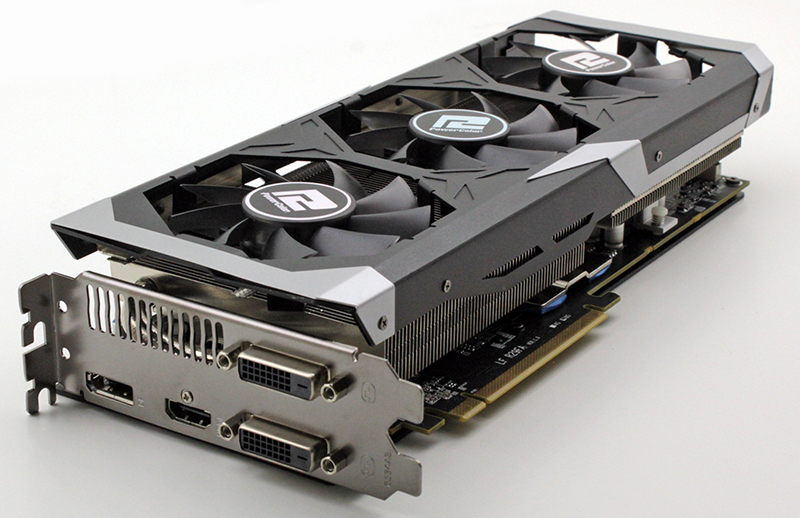
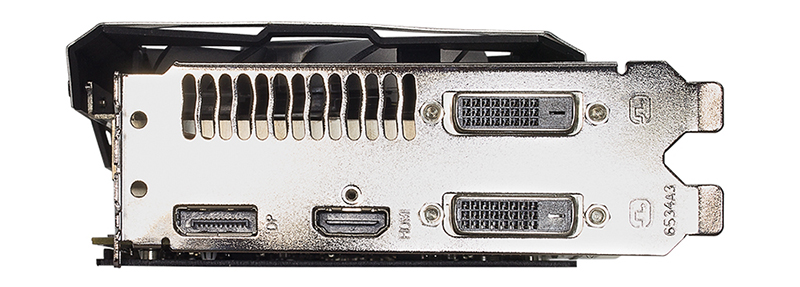
To support overclocking the card features a dual BIOS design. The primary BIOS serves as backup BIOS and it cannot be overwritten. As usually simple BIOS switch is located towards the front of the card.
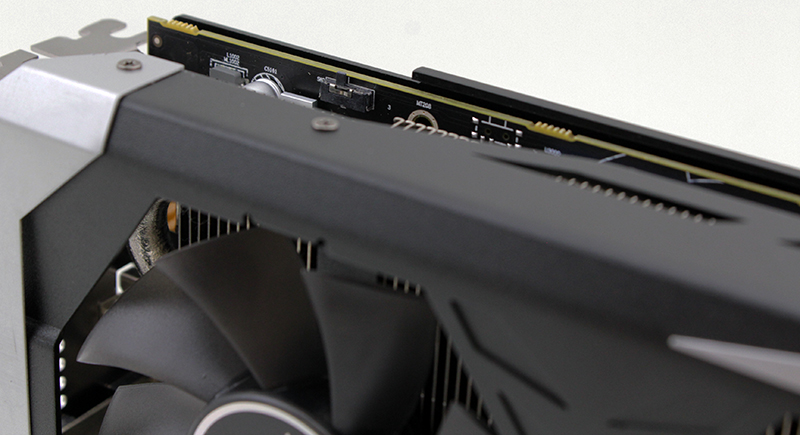
There is no CrossfireX bridge assembly on the R9 390, but you can use multi-card setup thanks to its XDMA interface that pushes all the data through the PCIe 3.0 bus.
Testbed
Testbed:
- Motherboard: EVGA X99 FTW
- CPU: Intel Core i7 5960K, 4.2GHz (Haswell-E)
- CPU Cooler: Thermalright HR-02
- Memory: 4x4GB Kingston HyperX Predator DDR4 Memory Review (HX430C15PBK4/16)
- Harddisk: Toshiba 240GB
- Case: CoolerMaster Cosmos II
- Operating System: Win8.1 64-bit
Nvidia 353.30
AMD Catalyst 15.6 beta
AMD Catalyst 15.15.1004 (R9 390)
3DMark
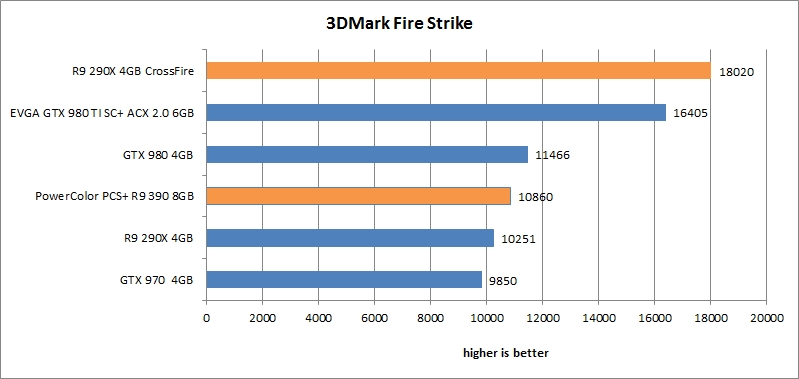

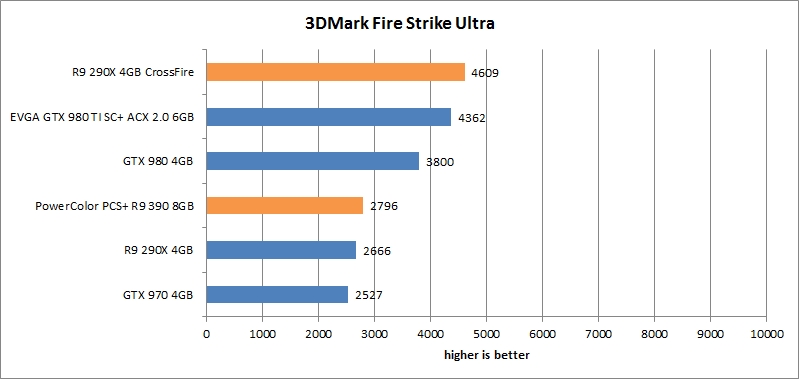
Unigine Heaven
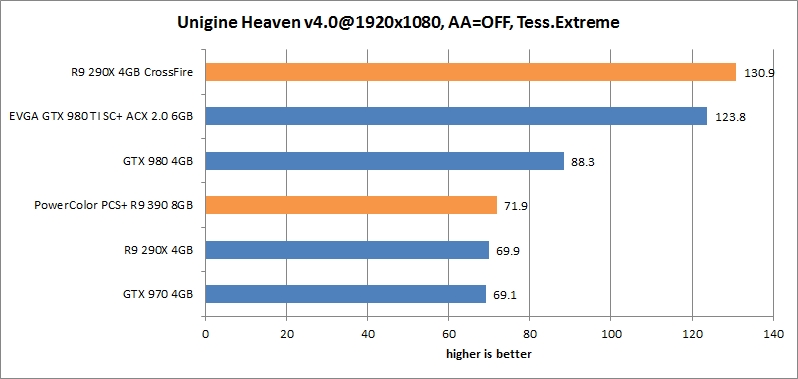
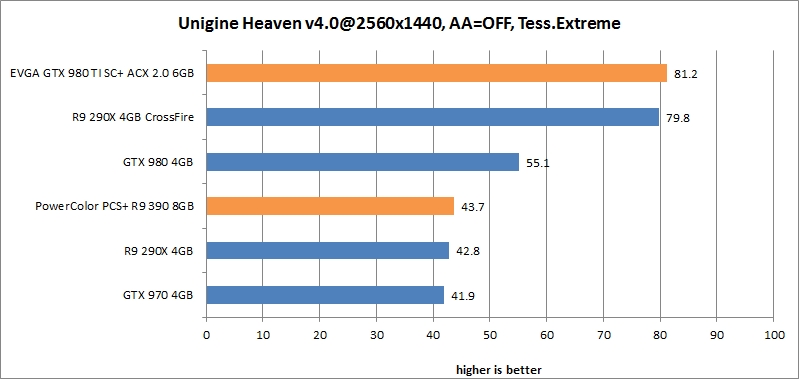
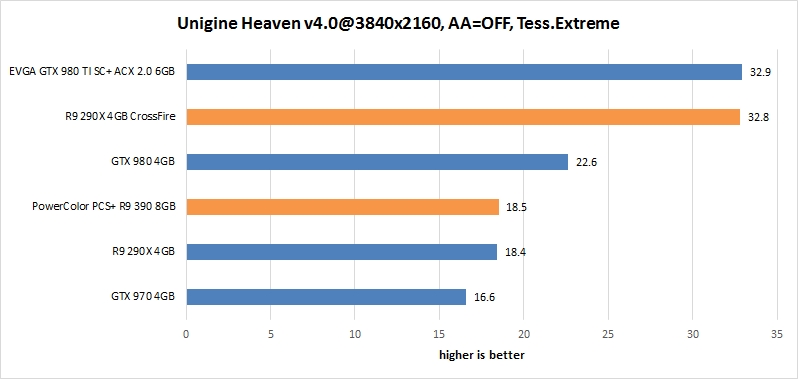
BioShock Infinite
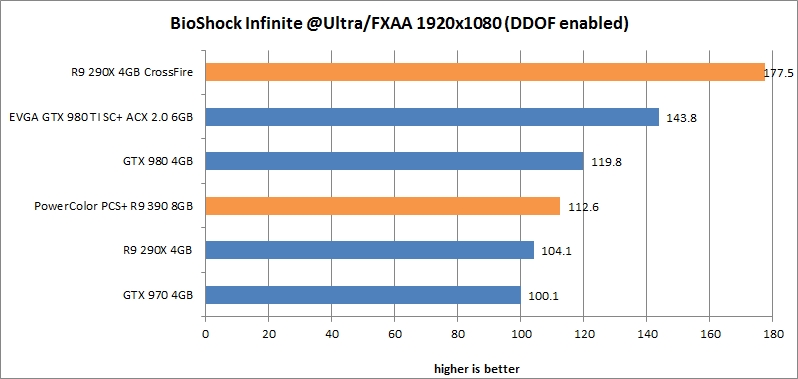
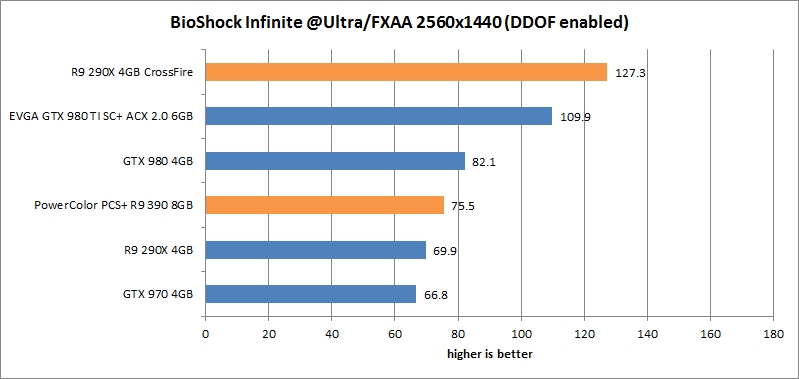
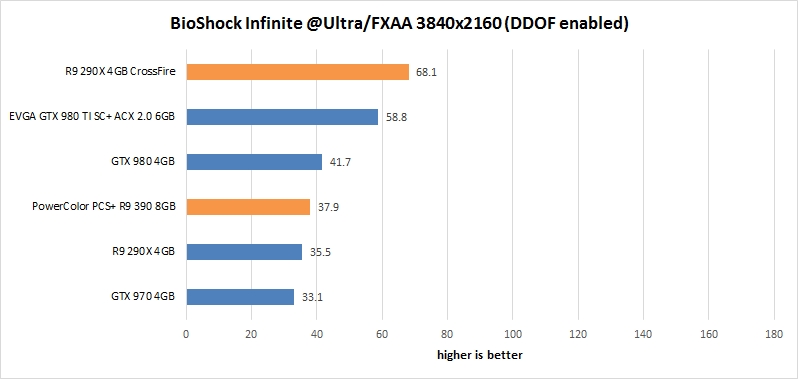
Tomb Raider
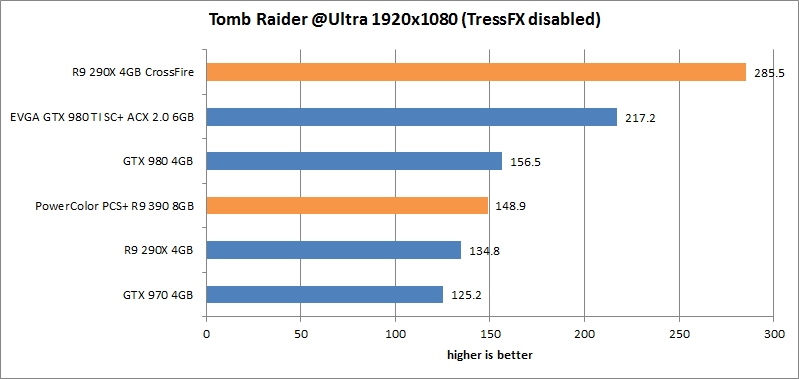
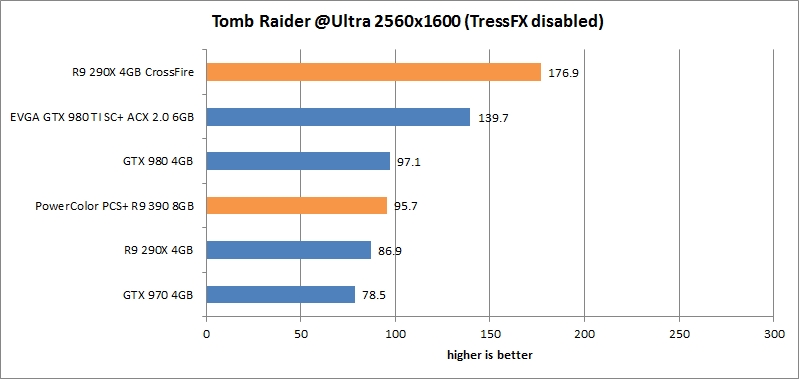
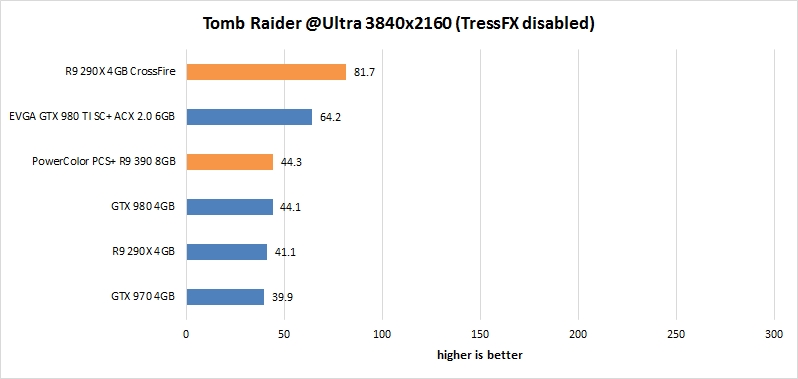
Crysis 3
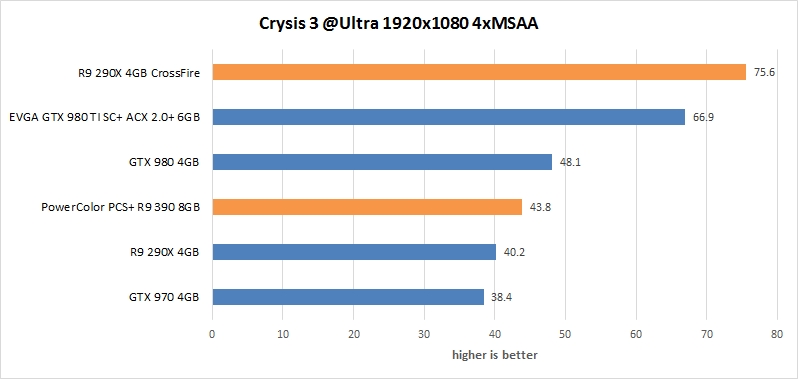

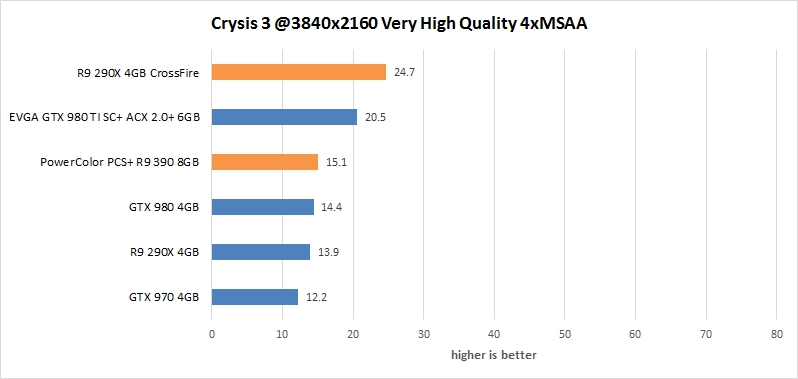
Thief
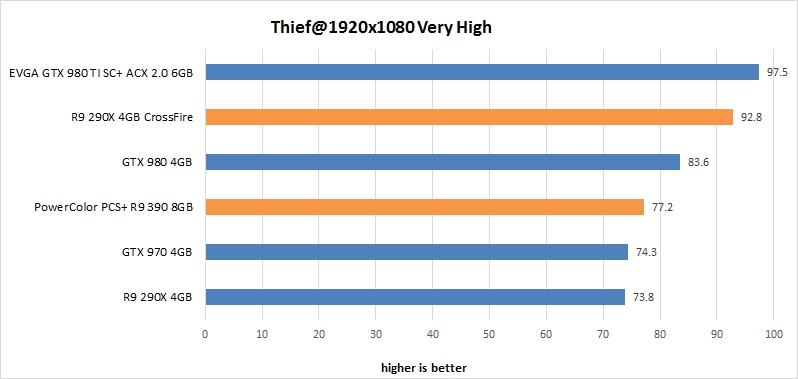
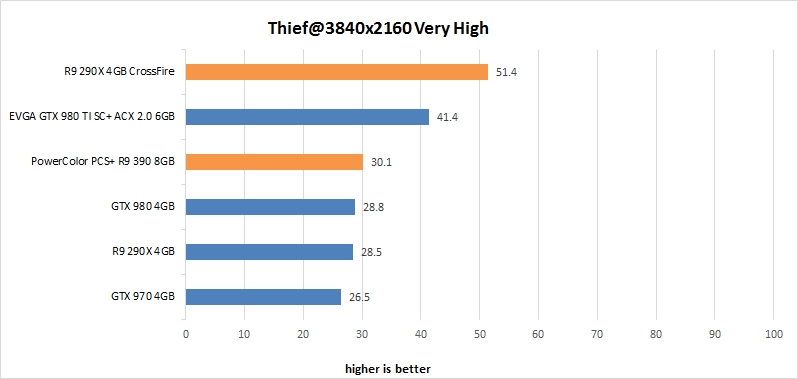
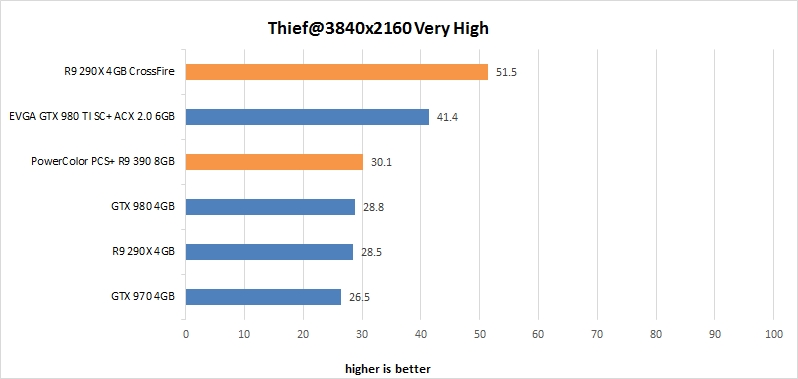
Thermals and Noise
Thanks to the custom cooler design, the PCS+ does not have a problem keeping its GPU clock high during extended intensive GPU load scenarios. The temperature goes up to 74 degrees Celsius, which is relatively low for such a big GPU.
PowerColor initially set the BIOS to keep the GPU temperature under 65 degrees, but during our review we received a new BIOS that will ship on retail cards. The new bios allows for 74 degrees, trading temperature for lower noise.
The PCS+ cooler is powerful enough to keep the card cool under load, so you can play around on your own as well. You don’t actually need a new BIOS to try out different settings. In any case, we can confirm that the PCS+ R9 390 8GB is not very loud during gameplay. The PCS+ cooler can be heard in a closed chassis, but it’s relatively quiet. The card is very silent in 2D mode.
Unfortunately, we can also report that coil whine is audible as well. You won’t hear it when the card is idling, but you can hear it under load. The issue plagues many graphics cards nowadays.
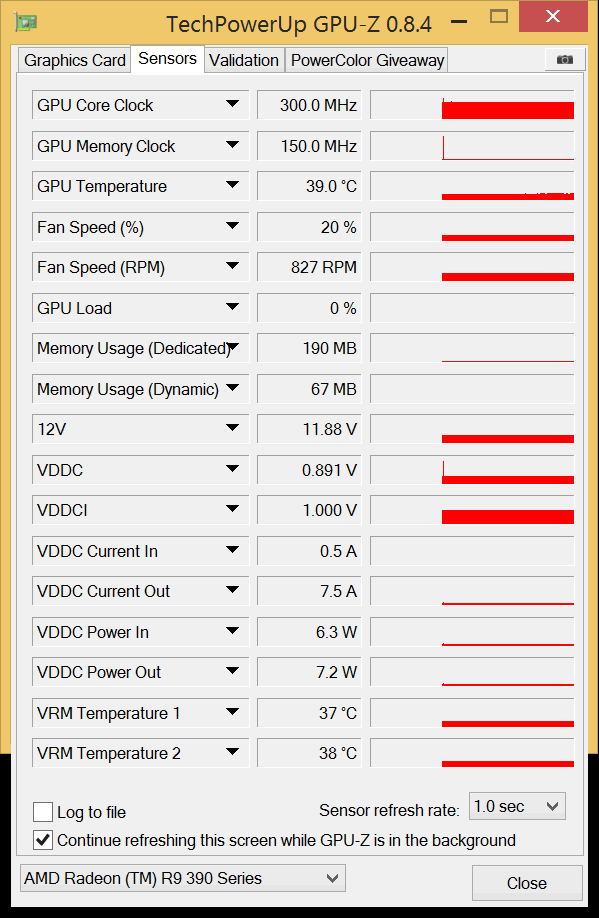
PowerColor PCS+ R9 390 : idle
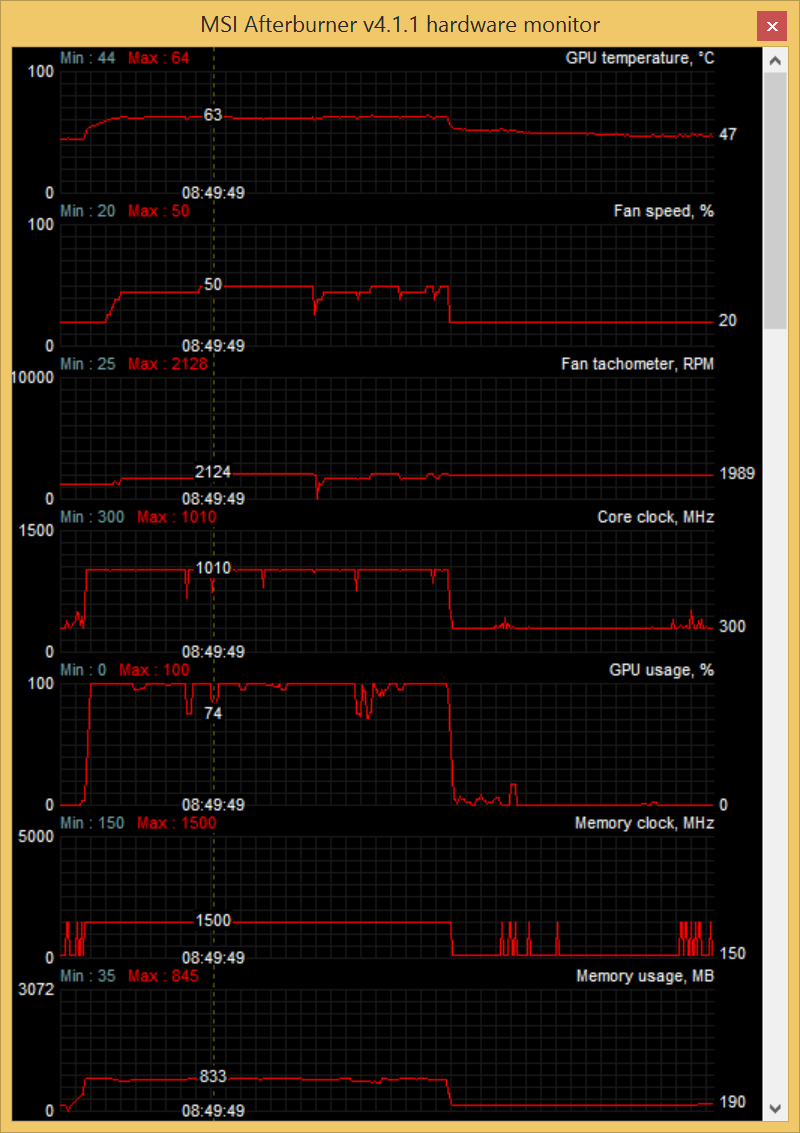
PowerColor PCS+ R9 390 - load with old BIOS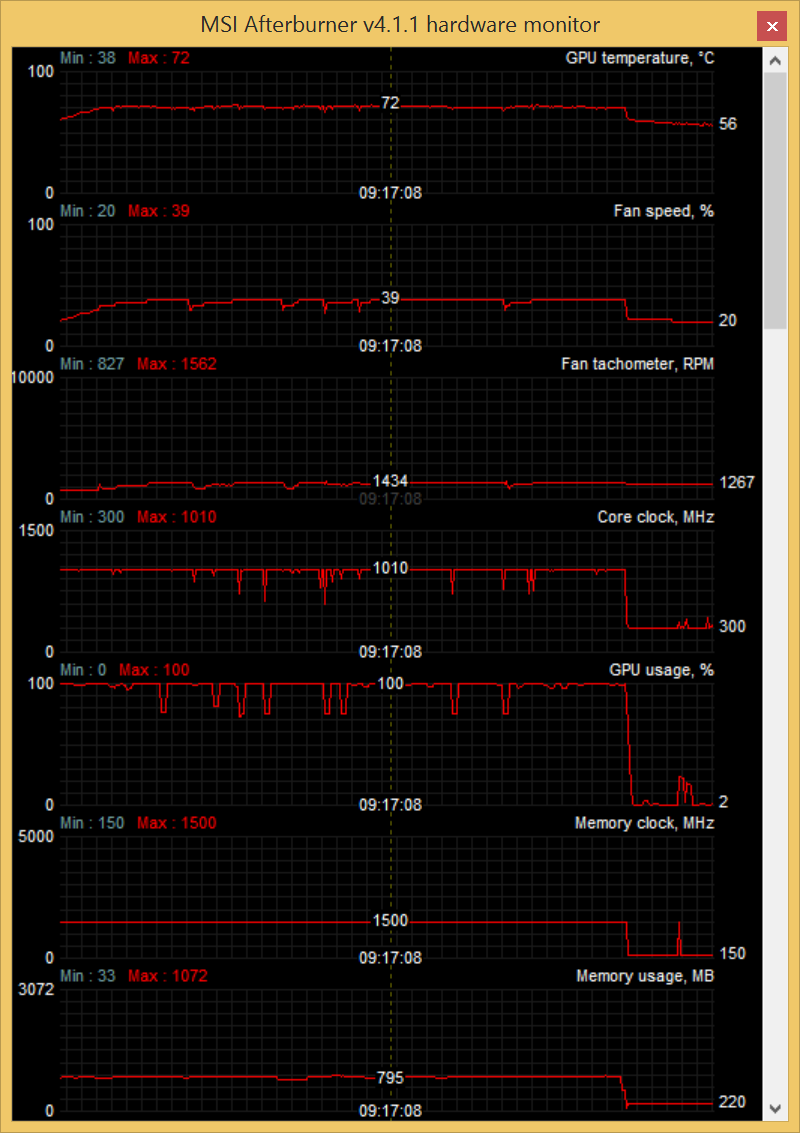
PowerColor PCS+ R9 390 - load with new BIOS
Overclocking
Right off the bat, we have to say that our overclocking results were inferior to those of an average 290-seriece card. However, we must note that every GPU, even those from the exact same series, are overclocked differently, so it’s possible we just received a sample that was really bad for overclocking.
Further, we are somewhat disappointed by the factory overclock, which is just 10MHz for the GPU.
We have to remember that the Grenada Pro is an overclocked version of the good old Hawaii chip used in the 290 series. AMD increased the GPU clock on the R9 390 by 50MHz compared to R9 290 cards. In addition, the memory clock was bumped up by 150MHz, which resulted in somewhat higher bandwidth. This allows the card to perform roughly on a par with the R9 290X. The downside is that AMD’s overclocking efforts also limited the overclocking headroom available to the user. Since the memory clock is also increased, it will make GPU load go up, so the OC range will decrease.
Unlike the GPU, the memory responded well to overclocking. We were able to push the clock up by an additional 150MHz, ending up at 1650MHz.
The maximum overclock on our sample card was 1071 MHz for the GPU (7% over reference and 6% over PCS+ factory clock). Using the PCS+ R9 290 (last generation with identical GPU), we achieved 1171MHz for the GPU. We used the default fan and voltage settings as defined in the VGA BIOS. We used AMD Overdrive which denotes the clock changes in percentage points. If you want to take a look at the actual clock, you can use GPUZ.
In order to achieve better overclocking for the GPU we used MSI Afterburner to increase GPU voltage for +70mV and the card was stable at 1110MHz.
A quick Crysis 3 benchmark showed that overclocking yielded an additional 7-percent performance boost.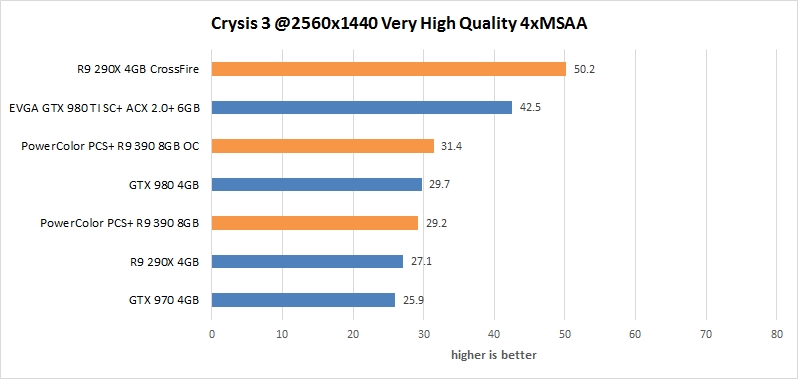
Conclusion
Today we took a look at the PowerColor PCS+ R9 390 8GB graphics card. This card is great for gaming at resolution 2560x1440. While AMD markets the R9 390 series as affordable graphics card for 4K/UHD gaming, you will not enjoy 30+ FPS with maximum settings on graphically demanding games at such a high resolution. However, you will be able to max out any game at 1440p, or you can play at 4K with lower in-game graphics details.
Actually there is no known difference between the R9 290 and R9 390 series regarding GPU specification. However the latest version is about 10% faster and this comes from the overclocked GPU and memory, and includes DirectX 12 support. The Grenada GPU is derived from the Hawaii GCN core which AMD introduced in September 2013. There is significant difference in memory size, with the R9 390 featuring 8GB of GDDR5 memory compared to 4GB on the R9 290 series.
Performance wise the Radeon R9 390 is faster than the Radeon R9 290X. This is due to faster GPU and memory clocks. AMD has squeezed another 50MHz clock from the GPU while the memory is 250MHz (effectively 1000MHz) faster. Due to faster memory the memory bandwidth increase from 320GB/s to 384GB/s, which definitely helps to increase the overall performance. The good thing is that the cards are staying within the same 275W typical board power boundary as the R9 290 series.
The R9 390X is priced at $430/€430 while the R9 390 is priced at $330/€330. This puts the R9 390, regarding its price and performance, slightly above the Geforce GTX 970 3.5GB + 512MB Edition which is widely available for €320. Also at the same price you can get one R9 290X which is performance wise a little bit slower that the R9 390.
The new R9 390 8GB PCS+ hits the market also with suggested $330/€330 price which is quite competitive price for the power it provides. It is quite a deal for the owners of older less powerful graphics cards or as a new purchase. Currently it is available for $340 at Newegg.
Also here is the list of prices for the new R7 300 and R9 300 series cards introduced by PowerColor :
- AXR9 390X 8GBD5-PPDHE $429
- AXR9 390 8GBD5-PPDHE $329
- AXR9 380 4GBD5-PPDHE $219
- AXR9 380 2GBD5-PPDHE $199
- AXR7 370 2GBD5-PPDHE $149
- AXR7 360 2GBD5-DHE/OC $109
The PowerColor PCS+ R9 390 8GB GDDR5 comes with an oversized 2.5-slot cooler which looks great and luckily provides good cooling. Noise is not an issue here.

